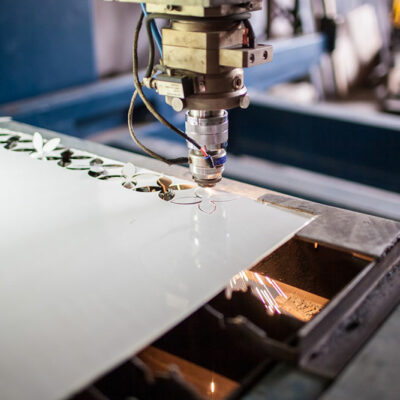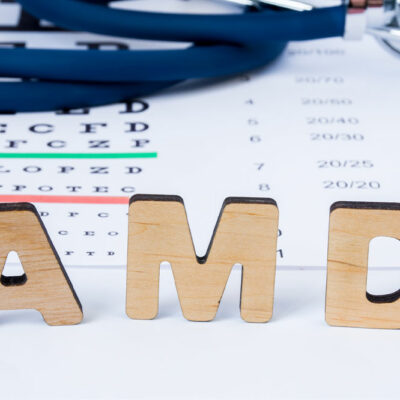
8 types of industrial machinery and equipment
Industrial machinery and equipment play a pivotal role in developing the life and landscape of the country’s manufacturing and industry. Whichever type of industry it may be – production, processing, or construction – these tools are the driving force behind it all. Moreover, it is these industries that shape people’s daily lives. So, to better understand industrial machinery and equipment, here is a brief guide that explores their various types, uses and applications, and approximate costs. 1. Industrial furnaces Industrial furnaces are devices that are designed for high-temperature operations. They are used to create a controlled environment for heat treatment. Industrial furnaces are primarily used in the following industries: Metallurgy In metallurgy, industrial furnaces are used for heat-treating metals. This process improves the strength and durability of metals and makes them suitable for further applications. Ceramics Industrial furnaces are also essential in the ceramics industry. They are used for sintering ceramics, which increases their density and hardness, making them suitable for further uses. Glass manufacturing Industrial furnaces are a crucial component in the glass industry. They are used for melting and shaping glass products. The cost of industrial furnaces ranges from several thousand dollars to several million dollars, depending upon their size, temperature capacity, and industrial applications.
Read Article 









